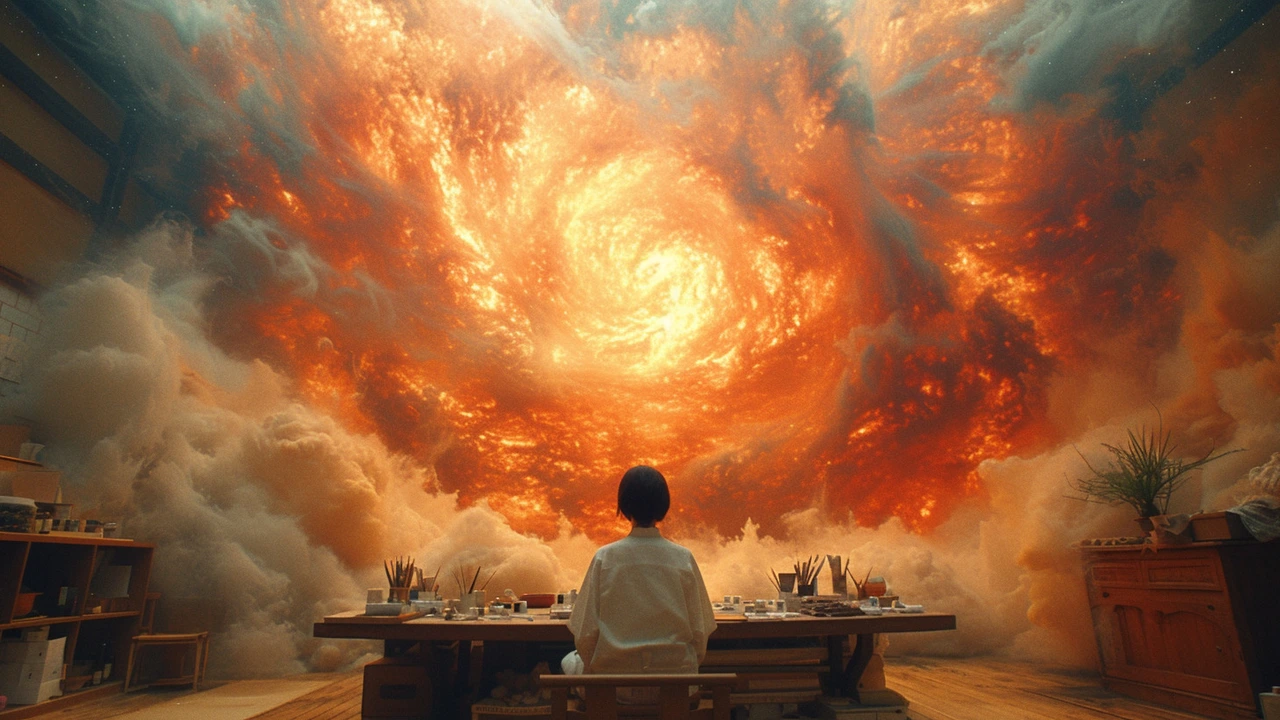Want a low-cost, calming way to handle stress that doesn't require special skills? Creative arts therapies - like art, music, dance, drama, and writing - help people feel calmer, think clearer, and connect with others. These approaches focus on doing, not just talking, so you can work through feelings even when words fail.
What exactly happens? When you paint, move, or play, your brain shifts from problem mode to doing mode. That lowers stress hormones, slows racing thoughts, and opens space for new feelings. People report less anxiety, better sleep, and clearer focus after regular creative sessions. It's useful whether you're dealing with daily stress or deeper emotional pain.
Who benefits? Almost anyone. Kids use drawing to name feelings. Veterans and first responders find music and movement helpful for trauma recovery. Older adults gain memory and social connection through group art classes. You don't need to be "creative" to get results - simple activities work well.
Pick one small activity and do it twice a week for a month. Try 20 minutes of any of these: sketching an object, freewriting for ten minutes, drumming on a pot, following a short dance video, or singing along to a playlist. Focus on the action, not the outcome. If your inner critic shows up, notice it and then keep going.
Use simple prompts to guide sessions: draw how your day felt, write a letter to your stress, move like an animal, or make one-minute soundscapes with household items. Keep materials cheap - paper, pencils, a phone for music, or a scarf for movement are enough. Track changes: note mood before and after a session to see what helps.
Creative work is powerful but not a replacement for therapy when you're in crisis. If you feel overwhelmed, have thoughts of harming yourself, or struggles that stop daily life, contact a mental health professional. Tell them you're using creative activities - many therapists incorporate art or music into treatment plans.
Want community? Look for local groups, community centers, or virtual classes. Veterans can find programs through military and VA services. Schools and clinics often run art groups free or low cost. Combining creative sessions with breathing exercises or short walks amplifies benefits.
Art in health is practical and hands-on. Try small steps, notice what changes, and keep the moves that help. Creativity isn't about talent - it's about giving your mind a safe way to feel, heal, and grow.
Try a simple four-week plan: Week 1 - five 20-minute sessions of free drawing or doodling. Week 2 - add brief journaling after two sessions. Week 3 - try a 20-minute music session: listen, hum, or play a rhythm. Week 4 - join one group class or share your work with a friend. Keep notes on mood before and after each session to see progress.
Want guided ideas? Read the Creative Arts Therapies article on this site for step-by-step activities you can do at home. If you prefer videos, search for short art or movement classes that fit your level. Small, regular creative acts often beat big, rare ones. Start small, keep it daily or twice weekly, and watch stress lighten.
If you're unsure, ask a counselor or community arts worker for a short intro session. Small guidance helps you find what fits today online too.

Hi there readers, in today's post we're going to dive into the world of creative arts therapies. We're going to explore how these innovative techniques use the power of art to heal and comfort those in need. Whether we are dealing with pain, trauma or stress, the role of art can be surprising and deeply transformative. This therapeutic information might just inspire you to give these therapies a shot, for your health and wellbeing, so keep reading.
Read More